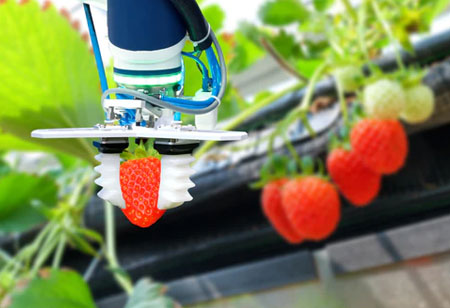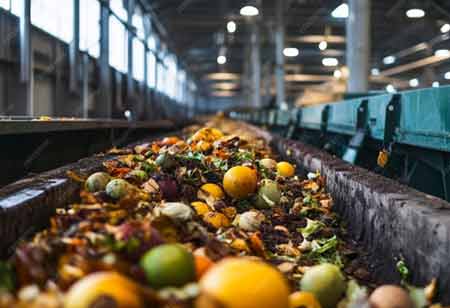THANK YOU FOR SUBSCRIBING
Be first to read the latest tech news, Industry Leader's Insights, and CIO interviews of medium and large enterprises exclusively from Food and Beverage Tech Review
How Data Analytics and Data Prediction are Augmenting the Food Industry?
The food industry has the highest consumer demand for quality, and at the same time, no other industry requires a more significant cost control than the food industry.

By
Food and Beverages Tech Review | Friday, August 07, 2020
Stay ahead of the industry with exclusive feature stories on the top companies, expert insights and the latest news delivered straight to your inbox. Subscribe today.
The food industry has the highest consumer demand for quality, and at the same time, no other industry requires a more significant cost control than the food industry. The safety, wholesomeness, and affordability are expected from the food we consume.
Fremont, CA: It is a challenging task for the food industry to maintain the balance and prioritize the expectation of the consumers. Data analytics and data prediction technologies provide a robust solution for food producers, grocers, transporters, and restaurants. Data analytics uses the insight given by artificial intelligence (AI) in order to benefit the lifecycle of the food, from farm to plate. The quality of the food can be determined by gathering data from a variety of sources and helps the software applications to spot issues that can affect safety, food quality, and freshness.
Role of Data Analytics in the Food Industry
Data analytics benefits the transporters, processors, growers, and food retailers with the help of the database. Farmers can enter soil testing, harvesting, and planting data into the database that is used by the software program, even weather information for the whole growth cycle of the crop can be entered in the database. Additionally, the logistics team can input the starting and ending times for the trip so that the temperature of the refrigerator can be monitored, and food processors enter the start and end timings for various stages of the process, so that all the procedures can be tracked. Lastly, customer feedback on social media can be accumulated into aggregate data and used for generating more insights into the food supply chain.
The software performs an analysis of the information and provides intelligent insights to the parties in the supply chain. The accumulation of unstructured and structured data that is utilized for data analytics is known as big data, and it can benefit the food industry in various other ways too.
Predictive Analytics in the Food Industry
Being a cutting-edge technology, data prediction or predictive analytics taps the power of AI to pinpoint the patterns and predict outcomes. For example, traffic conditions, detours, road construction, and adverse weather are the reasons behind determining how quickly the food products can get to the market. Big data can intimate AI about these issues and enable the software program to anticipate the freshness of the food before it reaches the destination.
Predictive analysis is a robust tool that can foresee issues with the supply chain, and also predict customer behavior.
See Also: Top Data Analytics Companies
I agree We use cookies on this website to enhance your user experience. By clicking any link on this page you are giving your consent for us to set cookies. More info







